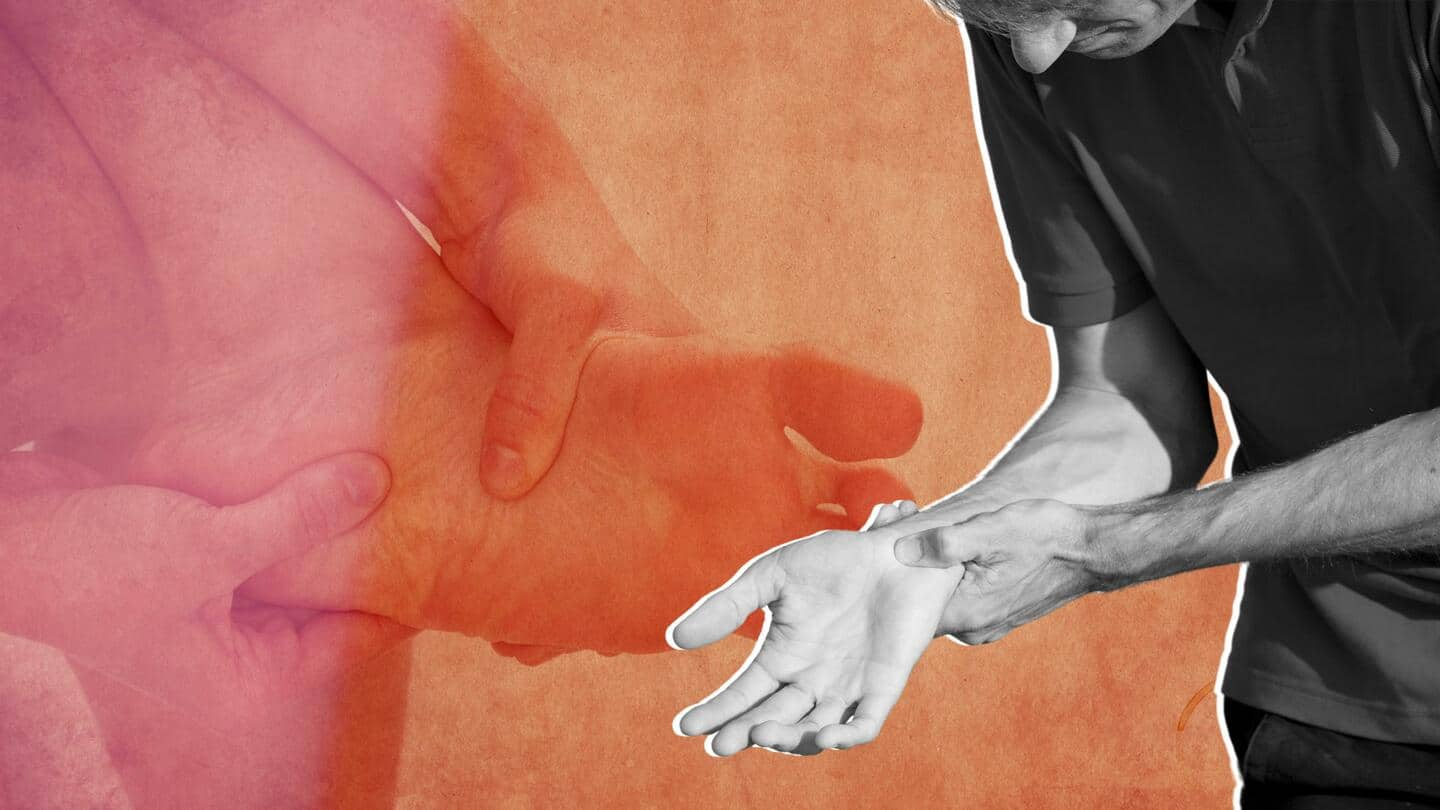
All about the Guillain-Barre syndrome: Causes, symptoms, and more
What's the story
Guillain-Barre syndrome is a rare health condition in which your body's immune system attacks your peripheral nerves.
Usually triggered by an acute viral or bacterial infection, this disorder can cause tingling and weakness in your hands and feet and the symptoms can gradually spread through your whole body and paralyze it.
People affected by the condition require hospitalization for treatment.
Here's more to it!
Context
Why does this story matter?
Guillain-Barre syndrome is an autoimmune condition in which the body's immune system attacks its own nervous system.
While the exact cause is not known, often a history of preceding viral infection is present.
Guillain-Barre syndrome can be a fatal condition if severe and left untreated, but with adequate support and treatment, it resolves with few deficits in six weeks to six months time.
Types
Types of Guillain-Barre syndrome
Acute inflammatory demyelinating polyradiculoneurotherapy causes muscle weakness in the lower part of your body which spreads upwards.
Miller-Fisher syndrome causes paralysis in the eyes and is associated with unsteady gait.
Acute motor axonal neuropathy and acute motor-sensory axonal neuropathy is the rarest and most severe variant of the disorder that has a prolonged recovery course. It's common in China, Mexico, and Japan.
Information
What is the syndrome all about?
Guillain-Barre syndrome is a rare neurological disorder that can affect people of all ages, especially male adults. The symptoms can develop over a few days or take up to several weeks to occur. Some people recover fully while some face long-term effects.
Causes
Causes behind the syndrome
Guillain-Barre syndrome can be caused by diarrhea or a respiratory illness.
It can also happen due to flu or viral infections caused by cytomegalovirus, Zika virus, Epstein-Barr virus, or several other viruses.
In rare cases, people who got certain vaccines experienced symptoms of the disease.
According to research, this rare disease affects only 3,000 to 6,000 people every year in the US.
Symptoms
Symptoms of the condition
The early symptoms include tingling or weakness in the feet, legs, arms, or face.
It causes pins and needles sensation in the fingers, toes, wrists, and ankles and unsteady walking or inability to walk.
It can also lead to difficulty with facial movements, cause double vision, severe body pain, rapid heart rate, breathing problems, and difficulty with bowel function or bladder control.
Treatment
Treatment or prevention
Some common treatments available for Guillain-Barre syndrome include high-dose immunoglobulin therapy (an infusion of antibodies) and plasma exchange that removes and replaces the blood's liquid part.
These treatments are effective when initiated seven-14 days after symptoms appear.
Patients with muscle weakness might require rehabilitation services after the acute phase of the illness to restore movement and strengthen their muscles.